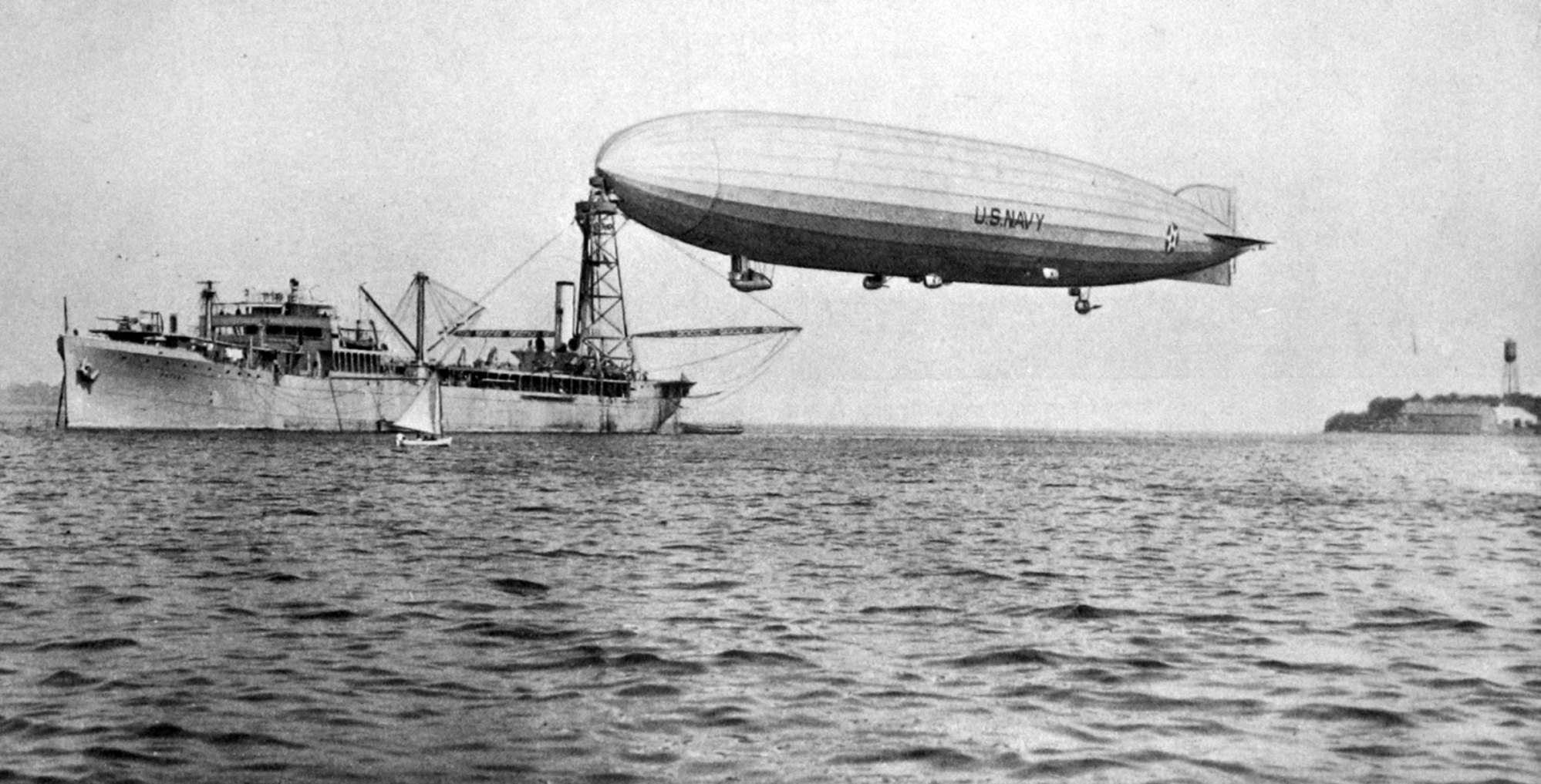

Waitaki’s vanished world
Some particularly interesting New Zealand fossils represent an extinct member of the order of whales, porpoises, and dolphins, classed together as cetaceans. Most of those fossils come from the Waitaki Valley, Waihao, and Ngapara, near Oamaru, and from Waikouaiti and Milburn, Otago. The creature whose memory they have preserved belonged to an extinct group known to zoologists as the squalodonts — shark-toothed cetaceans, believed to be the ancestors of the present sperm whales. The extinct New Zealander seems to have belonged to a division of the squalodonts named the zouglodonts. Remains of the zouglodonts formerly were believed to be reptilian, but Sir Richard Owen demonstrated their true character and he named them zouglodonts — yoked teeth — because the section of a molar examined by turn was taken from the base of the crown of the tooth where is was beginning to divide into roots, and these looked like two single teeth linked or yoked together. New Zealand’s shark-toothed cetacean, like most of its kind, lived in the Miocene, the middle period of the Tertiary Era, a period of great change in the earth’s surface and in forms of life. In that period in New Zealand, there were a gigantic shark, a gigantic sting-ray, a gigantic penguin and a large nautilus. In shelly sands and sandstones on the south bank of the Waitaki River, near Wharekuri Stream, fragments of the shark-toothed cetaceans were found amongst no fewer than 41 species of molluscs.
A key commodity
During the six months January-June of this year 1862 pianos were imported, valued at £92,787, while the value of other musical instruments imported during the same period was £119,861, or £41,000 in excess of the corresponding six months last year. — ODT, 12.8.1924
Compiled by Peter Dowden












